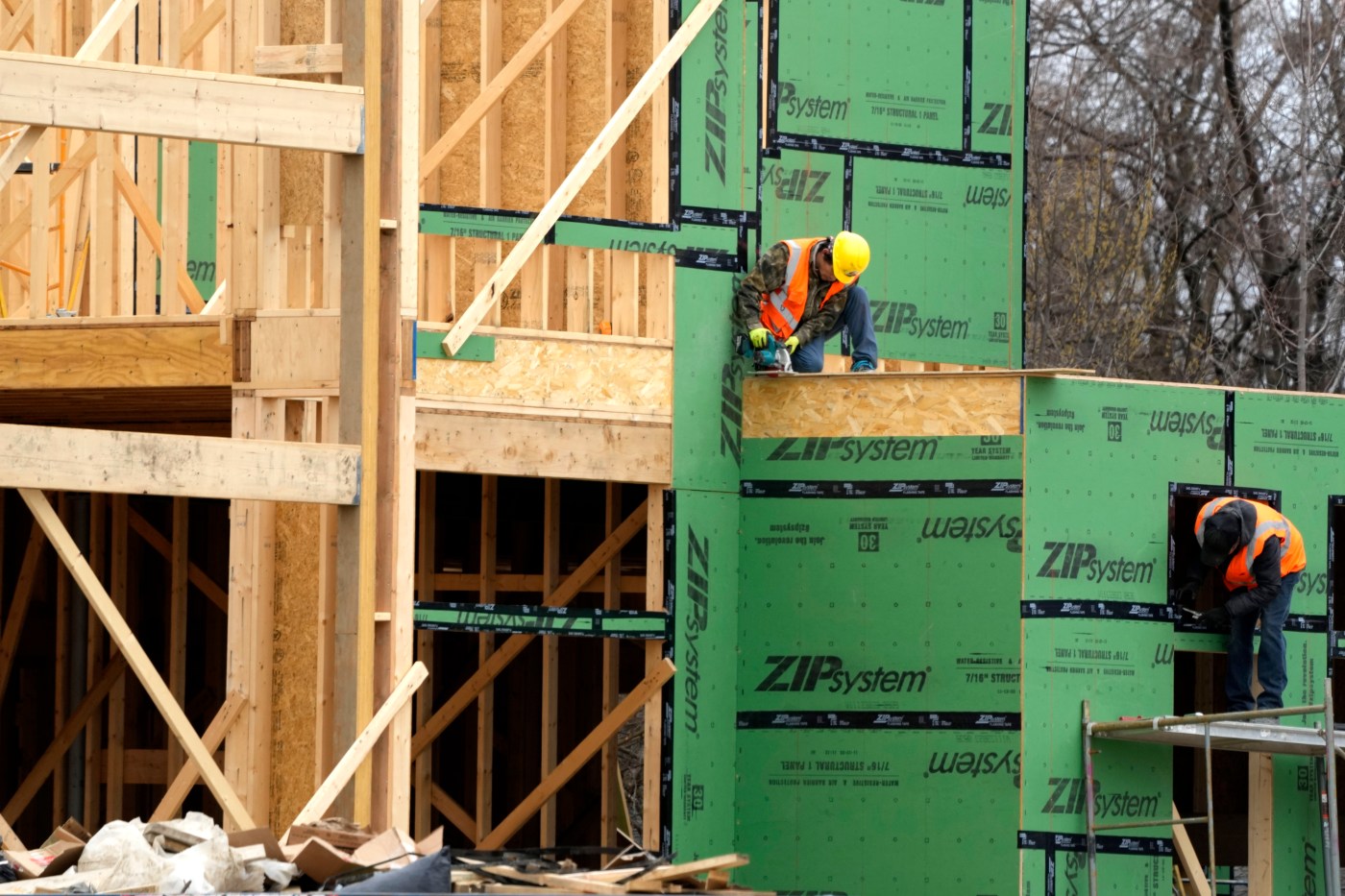
Pipes: Medicaid is for health care, not housing
Medicaid is developing a bad case of mission creep. The long-standing purpose of the joint federal-state program is to provide health coverage for low-income and disabled Americans.
Now, however, Medicaid is funding a slew of additional benefits — from meal deliveries to rent — on the pretext that they “influence health status” for the better. And next on that list of benefits could be affordable housing. Health insurers are investing billions in the construction of new apartments and homes.
Already, 19 states have received Washington’s blessing to use Medicaid funds for temporary housing assistance. Insurers know that. Why not leverage federal tax credits to build low-income housing themselves, use the goodwill to win a contract administering a state’s Medicaid plan, and then potentially fill the building with beneficiaries whose benefits might help cover the rent?
Big mistake. Medicaid already struggles to fulfill its original healthcare mandate. Policymakers need to limit the program’s scope — not divert scarce dollars into paying people’s rent.
This month, Centene — America’s largest Medicaid insurer — announced that it would invest around $900 million in new housing across eight states in collaboration with an affordable housing developer.
UnitedHealth Group has already injected more than $1 billion into affordable housing projects and “helped create more than 25,000 homes for individuals and families facing housing insecurity,” according to its website. Other insurers are following suit.
Companies have every right to invest where they like. But that doesn’t mean taxpayers should fund their returns.
Unfortunately, Medicaid has a history of paying for things it shouldn’t. States enjoy broad discretion to tailor their Medicaid programs to cover additional benefits. And “social determinants of health” are all the rage right now.
The Biden administration has been a big booster of these efforts. In 2021, the Centers for Medicare and Medicaid Services published guidance urging state Medicaid programs to address social determinants of health, which it defined as “the range of social, environmental, and economic factors that can influence health status.”
States would target “challenges . . . including but not limited to access to nutritious food, affordable and accessible housing, quality education, and opportunities for meaningful employment.”
Food, jobs, housing, education. Evidently, the full range of progressives’ favorite social programs now count as “health care” for the purposes of extracting funding from Medicaid.
States have a financial motive to address social determinants of health through Medicaid. They draw at least one dollar from federal coffers for every dollar they spend on the program. Cramming an extra project or two onto Medicaid can allow them to qualify for extra matching funds.
Massachusetts, New Jersey, New York, Oregon, and Washington, for example, cover through Medicaid home-delivered meals or pantry stocking for up to six months. At least seven states — including Colorado, Maryland, and Illinois — fund gun violence prevention programs through Medicaid.
Arizona, New York, Washington, and Oregon each have federal approval to pay for rent or temporary housing — including utilities — for up to six months. Some states offer medically necessary home remodeling and one-time moving expenses.
Currently, Medicaid isn’t allowed to build housing. Federal guidance allows the program to “finance investments in infrastructure” ranging from technology to education to workforce development. Construction or capital costs are excluded.
But that guidance could change. CMS lists “crowded housing units” as one symptom of “long-understood disparities in health outcomes.” The agency has vocally committed to addressing disparities and promoting “health equity.” By its own logic, funding health equity could plausibly include handing taxpayers the tab for new affordable housing units.
Medicaid already spends too much money. The program’s expenditures as a share of GDP increased more than six times over between 1970 and 2020. Medicaid spent more than $800 billion in 2022. More than seven in ten of those dollars came from the federal government. Together, Medicaid and the Children’s Health Insurance Program covered nearly 94 million people at their peak in March 2023.
Leaving grocery carts, moving trucks, and nail guns behind would help Medicaid return to its core function of providing health care for low-income and disabled Americans.
Sally C. Pipes is President, CEO, and Thomas W. Smith Fellow in Health Care Policy at the Pacific Research Institute. Her latest book is “False Premise, False Promise: The Disastrous Reality of Medicare for All” (Encounter 2020). Follow her on X, @sallypipes.


